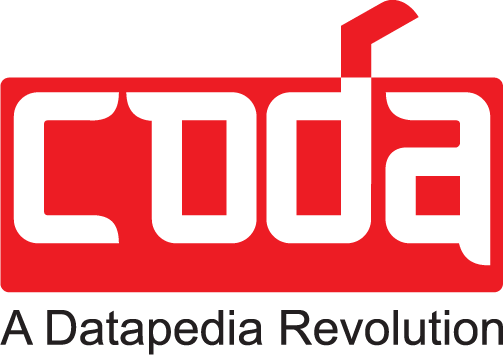Data Governance:
An MDM (Master Data Management) product needs data governance because it helps ensure that the data is accurate, consistent, and adheres to regulations and policies.
The data governance features can include data quality management, data privacy, and security controls, data classification, and metadata management. These features help ensure the data is managed and governed, providing organizations with greater confidence in the data used for critical business decisions.
Data Integration:
Data integration features will bring data from disparate systems into a centralized repository, creating a single source of truth for master data. It allows a consistent view of master data across multiple systems in an organization, reducing data inconsistencies and improving data accuracy.
The data integration features in an MDM product can include data extraction, transformation, and load (ETL) capabilities, mapping and data matching capabilities, and data reconciliation processes.
Data Cleansing and Enrichment:
Data cleansing refers to identifying and correcting inaccuracies, inconsistencies, and incomplete information in the master data.
Data enrichment is adding additional data to the master data to make it more complete and relevant. It can also include adding missing information, categorizing data, and enriching it with external data sources. It helps to improve the quality, accuracy, and reliability of the master data, making it more valuable for an organization.
Data Matching and Merging:
Data matching and merging can identify and consolidate duplicate records in the master data, creating a single, authoritative view of the data. It helps to ensure that the data is consistent and up-to-date, reducing the risk of errors and inconsistencies in data.
They also help to match algorithms, survivorship rules, and data reconciliation processes. They will help to identify duplicates, resolve conflicts, and merge the data into a single, accurate record.
Data Modeling and Taxonomy:
Data modeling helps to define the structure of the master data, including the attributes, entities, and relationships between the data. It helps to ensure that the organized data is consistent and meaningful. It will make it easier to understand, manage, and use.
Taxonomy refers to organizing and categorizing data into a hierarchical structure. In MDM, taxonomy helps define the relationships and categories of the master data, making it easier to search, catalog, and report on the data.
Data Distribution and Replication:
Data distribution is making the master data available to the various systems and applications that need real-time data access or batch-oriented data transfers.
Data replication is copying or synchronizing the master data to other systems, creating a backup or secondary source of the data so that the master data will be available even if the primary system is unavailable, reducing the risk of data loss or downtime.
Data Security:
Data security features in an MDM product will protect sensitive and confidential information reducing the risk of data breaches. This feature consists of data encryption, access controls, and audit trails. Only authorized users will have access to the master data. Any changes to the data will be tracked and monitored.
In addition, data privacy regulations such as GDPR and CCPA require organizations to take appropriate measures to protect the personal information of individuals. An MDM product with robust data security features can help organizations comply with these regulations and ensure that sensitive personal information is protected.
Reporting and Analytics:

Reporting and analytics feature consists of pre-built reports, dashboards, and data visualization tools. It allows organizations to quickly and easily access and analyze their master data, understand the trends, patterns, and relationships in their master data, gain insights into their data, and make informed business decisions.
User Interface:
An MDM product needs a user interface (UI) feature to provide an intuitive and user-friendly way for users to access and manage the master data.
A user-friendly UI can include features such as a searchable data catalog, intuitive data management tools, and a simple data input and validation process. These features help users to easily access and manage the master data reducing the risk of errors and increasing the efficiency of the data management process.
Scalability and Performance:
Scalability refers to the ability of an MDM product to handle increased data volumes, users, and transactions without a significant decrease in performance. Performance refers to the speed and responsiveness of the product and is critical for ensuring that users can access and work with the master data on time.
By including scalability and performance features, an MDM product helps organizations to ensure that the product can meet the growing demands of the organization without sacrificing performance or usability.


